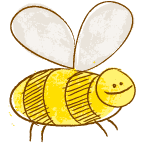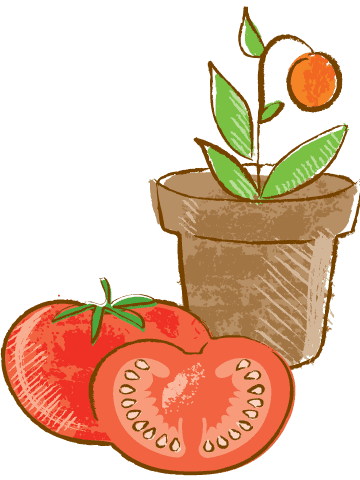During 2014 and 2015, students at Mitchell Math and Science Elementary harvested more than 400 pounds of sweet potatoes! The sweet spuds were cooked and served at lunch in the school cafeteria for all students to enjoy.
In the spring, third-grade students planted about 100 sweet potato slips purchased from a local farm. They chose sweet potatoes for several reasons: seasonality (they can be planted in the spring and harvested the next fall); the vines need little maintenance over the summer; and it’s easy to produce a large crop.
The next fall, when the same students began fourth grade, they harvested the sweet potatoes and cafeteria staff used them to prepare several dishes on the lunch menu.
The fourth grade class of 2014 was so excited about sharing their harvest with friends, they composed a garden rap:
"Respect the earth,
Respect your health,
Respect your buddies,
Respect yourself."
Beyond these sweet spuds, students also grow a variety of other edibles and native plants in the school garden, which encompasses 12,000 square feet of the schoolyard and playground and includes: an outdoor classroom gazebo; raised experimental beds for classes to conduct science experiments; an herb spiral with culinary herbs; a native species border with pollinator plants; a small fruit orchard of citrus and blueberries; and a 5,500-square-foot, fully irrigated micro-farm that grows more vegetables and herbs, which are also served to students in the cafeteria.
All of Mitchell’s 351 students participate in the school garden program, which supports math and science academics. As part of a fifth grade lesson on solutions and mixtures, students made their own pickling brine solution, added their own mixtures of spices and seasonings, and pickled fresh produce from the garden. As a part of a sixth grade math lesson, students created lettuce boxes using 2” x 4” wood planks, screws and metal screening. Then they calculated the material costs, successfully grew lettuce crops, and calculated how many crops and how much time it would take to break even and make a profit.
A smaller group of students participate in the after-school Garden Club, which oversees and maintains the garden with help from volunteers. And the school hosts a Healthy Hearts after-school cooking program that teaches students and their families how to cook healthy foods, shop economically and incorporate homegrown ingredients into meals.
All of these efforts have been supported by a Whole Kids Foundation Garden Grant, which allowed the school to conduct several enhancements, including compost and fertilizer replenishment for the micro-farm; straw and wood chips to define pathways and rows; and new garden tools.
Plant the Seeds for Your Own Garden-to-Cafeteria Program
Before serving garden-grown produce in the cafeteria, it’s important to get familiar with district, state and federal food service guidelines, and to build relationships with your cafeteria staff. Check out online resources to learn more and get started:
LifeLab's Policy and Protocols for School Gardens and Garden to Cafeteria
Federal and State Considerations for Serving School Garden Produce in the Cafeteria
Farm to Table Toolkit: Food Safety in School Gardens



